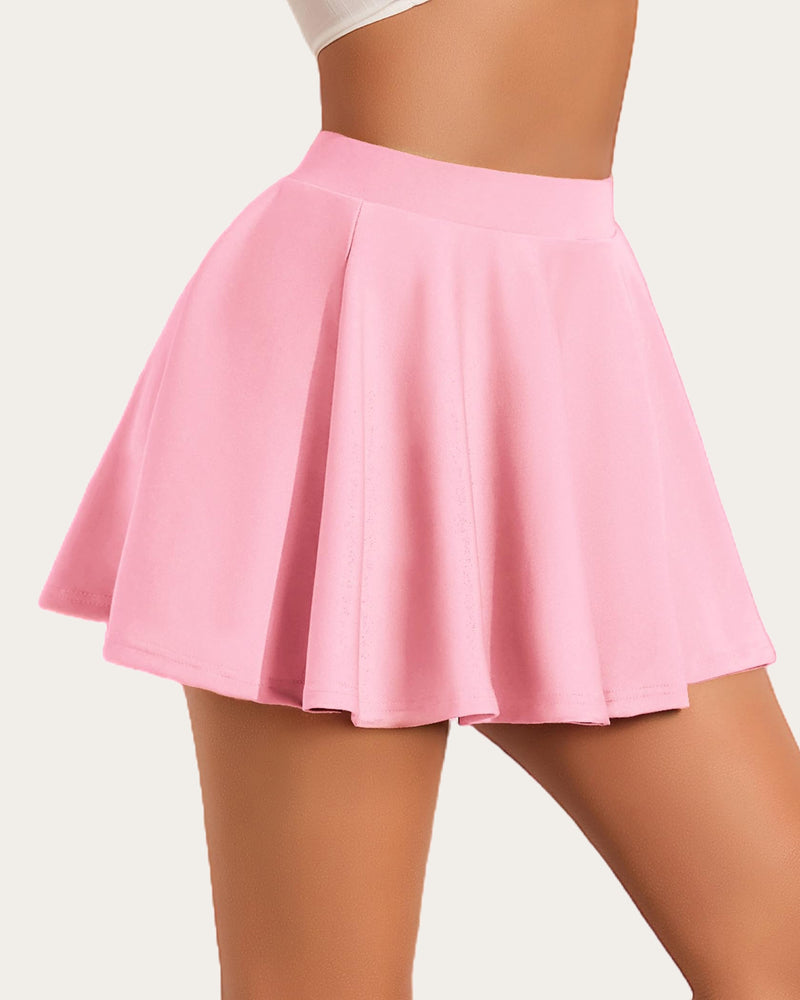The Evolution of Mini Skirts in the Lingerie Industry has been a fascinating journey, reflecting broader cultural shifts and advancements in fashion technology. From their inception to their current status as a staple in intimate apparel, mini skirts have undergone significant transformations. This article delves into the history, cultural impact, and future trends of mini skirts in the lingerie world.

Historical Background
The mini skirt, as we know it today, emerged in the 1960s, a decade marked by revolutionary changes in fashion and social norms. Initially, mini skirts were a symbol of youthful rebellion and liberation. In the lingerie industry, however, their adoption was more gradual. Early iterations were often conservative, designed to offer a hint of allure without being overtly provocative.
Cultural Impact
The cultural impact of mini skirts in the lingerie industry cannot be overstated. As society became more open to discussing and exploring sexuality, lingerie designers began to experiment with shorter hemlines. The mini skirt became a symbol of empowerment and confidence, allowing women to express their individuality and embrace their bodies. This shift was particularly evident in the 1990s, when lingerie brands started to feature mini skirts prominently in their collections.
Design Innovations
Advancements in fabric technology and design techniques have played a crucial role in the evolution of mini skirts in the lingerie industry. Modern materials like lace, satin, and mesh offer both comfort and aesthetic appeal. Designers have also incorporated elements like adjustable waistbands and built-in shapewear to enhance functionality. These innovations have made mini skirts more versatile, catering to a wide range of preferences and body types.
Current Trends and Future Directions
Today, mini skirts are a mainstay in the lingerie industry, available in various styles, colors, and fabrics. Current trends include high-waisted designs, asymmetrical cuts, and intricate embellishments. As the industry continues to evolve, sustainability is becoming a key focus. Eco-friendly materials and ethical manufacturing practices are gaining traction, reflecting a broader shift towards responsible fashion.
Looking ahead, the future of mini skirts in the lingerie industry appears promising. With ongoing innovations in fabric technology and a growing emphasis on inclusivity, we can expect to see even more diverse and personalized options. The mini skirt will likely continue to be a symbol of empowerment and self-expression, adapting to the changing needs and desires of consumers.
Conclusion
The Evolution of Mini Skirts in the Lingerie Industry is a testament to the dynamic nature of fashion. From their modest beginnings to their current status as a symbol of empowerment, mini skirts have continually adapted to reflect societal changes and technological advancements. As we look to the future, the mini skirt will undoubtedly remain a versatile and beloved element of intimate apparel, embodying both style and substance.
In summary, the journey of mini skirts in the lingerie industry is a compelling narrative of innovation, cultural shifts, and design excellence. By understanding this evolution, we gain a deeper appreciation for the intricate relationship between fashion and society, and the enduring appeal of the mini skirt in intimate apparel.














